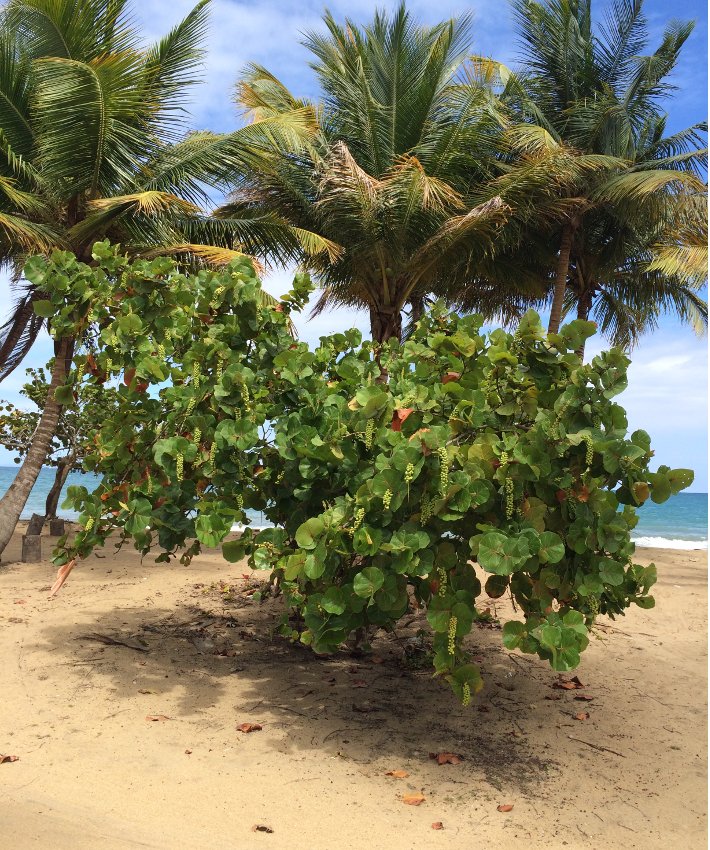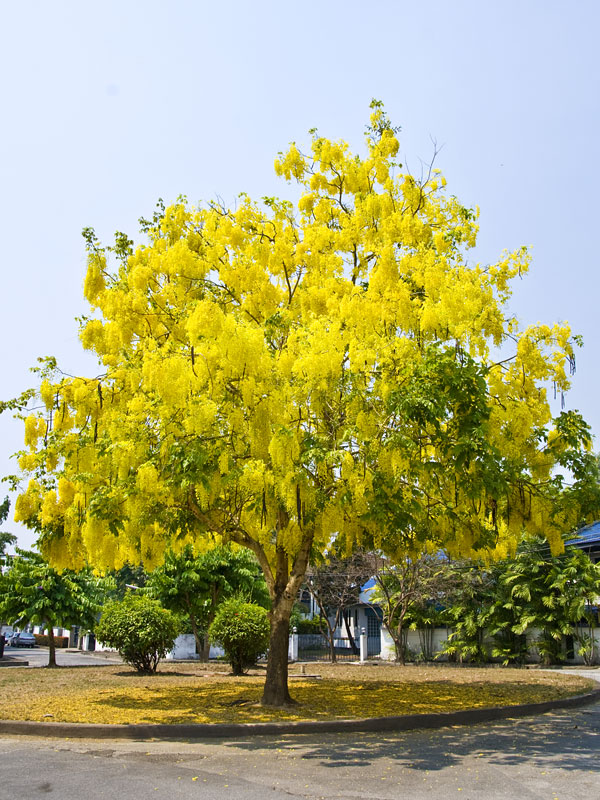
"When you take off the canopy of the tree, a great part of the root system is unnecessary. "Roots grow to support the canopy of the tree," he says. "We have not been able to find anyone who could provide science to show that this strengthens the trees or the dune system," she says.īob Brennan, an arborist at Fairchild Tropical Botanic Garden and one of the foremost experts in tree relocation, protection, and care, also says the city's science doesn't make sense. Sheryl Gold, longtime tree advocate and cofounder of Greenspace Tree Advocacy Group, says there's no evidence that radically pruned sea grapes are better for dunes.


Barron, who consulted on the new plan, wrote in a letter to Miami Beach that "pruning strengthens the stability of the dune system over time because it modifies the trees to low and dense growth, which makes them more stable and more likely to endure a major windstorm without unrooting or toppling."Īdds Miami Beach spokesperson Melissa Berthier: "We prune some sea grapes to shrub height so they are less top-heavy and better equipped to withstand storms."īut some of South Florida's best-known tree experts say that argument makes little sense. The idea, the city says, is that thinner and shorter sea grapes are healthier for the dunes.Ĭoastal dune biologist Robert H. address stakeholder concerns," the city began pruning the sea grape trees to a height between 24 and 30 inches. In a plan the city promised would "enhance the environmental and storm protection functions of the dunes. In Miami Beach, the dunes were reconstructed in the 1980s by the Florida Department of Environmental Protection and Miami-Dade County in an effort to prevent sand from flying away or being swept back into the ocean.īut when City of Miami Beach officials formulated a plan to begin chopping sea grapes in 2014, they couched their plan in terms of dune management. The plants also play a key role in dunes. Pigeons, parrots, woodpeckers, and mockingbirds are known to roost on the trees' branches and nibble on their bitter green fruit that grows in clusters like grapes. The plants typically grow into large bushes or small trees. Because the species needs little water, is salt-tolerant, and requires a lot of sunlight, the beach is its natural ecosystem. It's also found throughout the Caribbean, Mississippi, and Hawaii.

The sea grape tree, or Coccoloba uvifer a, is an evergreen native to the South Florida shore. "The sea grapes will grow to be 20 feet high and will attract a lot of illegal activity." tweet this "People will be coming in for romantic interludes, disguise themselves in the leaves, even in the day." "The sea grapes will grow to be 20 feet high and will attract a lot of illegal activity," says Stephen Nagy, who owns a home near Fort Lauderdale Beach where sea grapes were recently planted. In fact, the iconic plants have lately become a bizarre flash point around South Florida between some environmentalists, who say dense plots of sea grapes can prevent beach erosion, and cops and concerned residents, who fear illicit activity in the trees' shadowy dens. He was even more mystified when he learned why: The city had chopped sea grapes along the whole length of the beach at the request of police, who say the trees provide dark cover to criminals and drug users. "Imagine a tree that was seven or eight feet tall, and now the trunk is one foot to the ground," says Rodrigues, executive director of the nonprofit Environmental Coalition of Miami & the Beaches (ECOMB). To Rodrigues, these were no longer trees, but stumps. They bore no fruit for birds to munch on.

Once sprouting eight feet tall on sturdy stalks and with luscious, rounded leaves, the trees had been dramatically thinned. But the clean-shaven environmentalist, who regularly walks to the beach from his nearby apartment, sensed something was amiss before even reaching the sand. The sandy hills are cordoned off with rope and wooden fencing, a sanctuary for many amid the bustle of South Beach. One day early last year, Luiz Rodrigues gazed out at the dunes near the Fourth Street Beach.


 0 kommentar(er)
0 kommentar(er)
